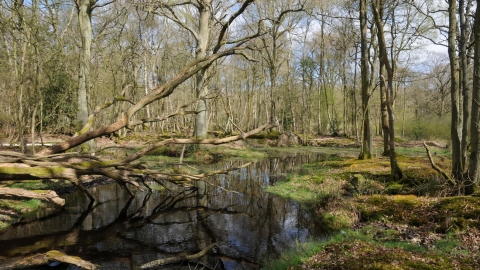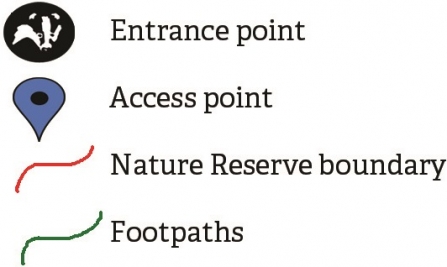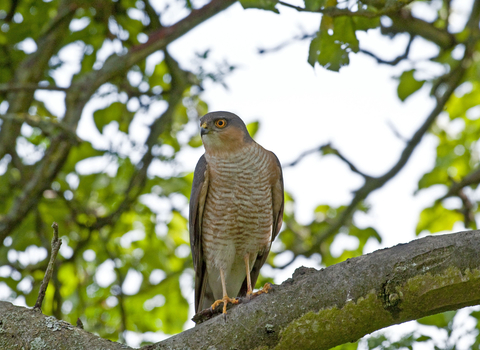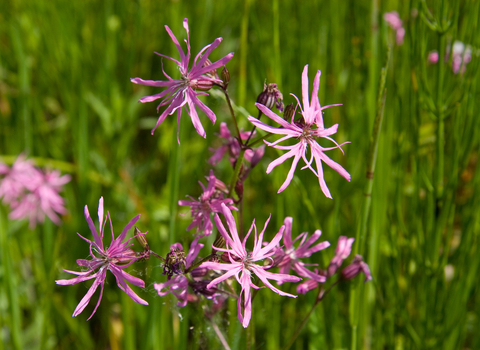Please note from 1st September, approximately three hectares of woodland at Hook Common and Bartley Heath will be clear-felled as part of an essential project to restore rare wooded heath habitat and improve road safety. Find out more here.

Bartley Heath Pond by Jonathan Oakley
Hook Common and Bartley Heath
Know before you go
Dogs
When to visit
Opening times
Open at all timesBest time to visit
All year - seasonal highlightsOrchids, Meadow Thistle, Marsh Gentian, Buzzard, Lesser spotted woodpecker, Woodcock, White Admiral, Purple Emperor, Purple Hairstreak, Slow-worm, Common Lizard, Grass Snake, Adder, Gorse, Heather, Hazel dormouseAbout the reserve
This expanse of open heathland and woodland supports a range of fascinating wildlife, including basking reptiles and an abundance of native species which flourish at Hook Common and Bartley Heath thanks to its careful restoration. Designated a Site of Special Scientific Interest (SSSI), this expanse of open heathland and wood pasture offers the opportunity to encounter a range of wildlife.
Rare breeds of cattle and semi-wild Exmoor and New Forest ponies graze the reserves to restore the former heathland and wood pasture habitats that were once widespread in Hampshire.
The area is home to a range of birds including lesser spotted woodpecker, spotted flycatcher, crossbill, snipe, woodcock and tree pipit. On warm days, look for basking reptiles such as common lizard, slow worm, grass snake and adder on the open heath.
The ruddy darter and small red damselfly are just two of many brightly coloured dragonflies that make use of the old gravel pits in the summer. In the woodland, look out for different butterflies including silver-washed fritillary, white admiral and purple hairstreak. Among the area’s impressive moth population are the rare marsh grass veneer and white-barred knot-horn.
The open habitats are also important for native plants and support the nationally scarce marsh gentian and fringed water lily, as well as cross-leaved heath, ling, tormentil, heath bedstraw, lesser skullcap, heath violet, mullein, cow wheat and heath speedwell.
A relative of gorse, petty whin is a real treat to find and there are often good displays of heath spotted orchid on the heath and broad leaved helleborine in the wooded fringes.
Special Features
- The beautiful blue, trumpet-shaped flowers of the rare marsh gentian can be found on Bartley Heath in late summer.
- Though usually hidden from view, bullfinch, tree pipit and nuthatch can all be heard. Listen out for buzzard and red kite calling overhead too.
- The network of ephemeral pools on site, formed out of old gravel pits, are home to a range of frog, toad and newt species, including great crested newt.
Species
Habitat
Contact us
Environmental designation
Location map



